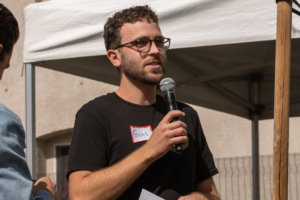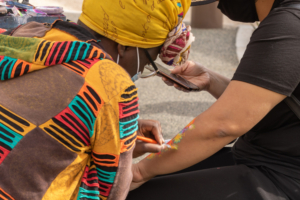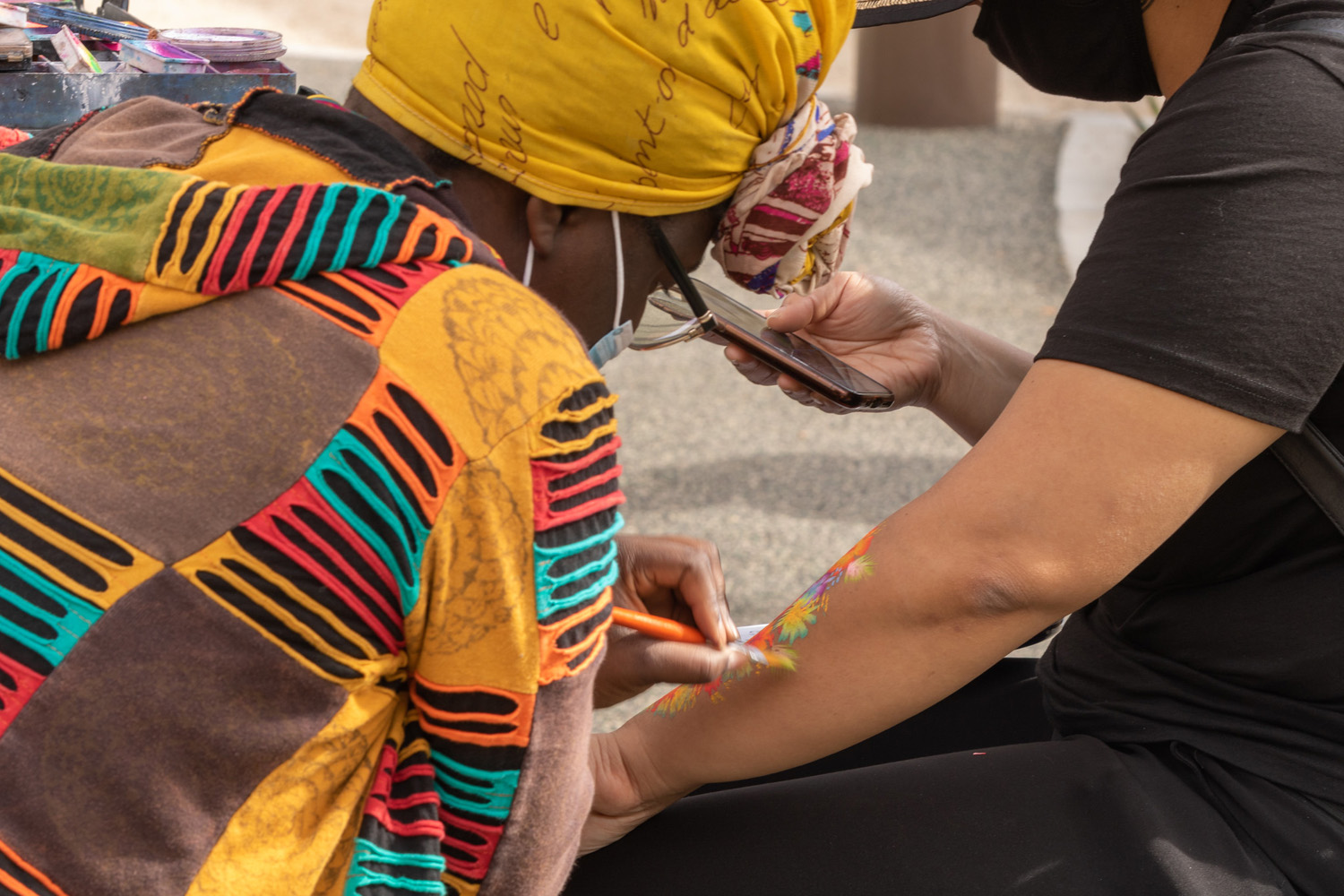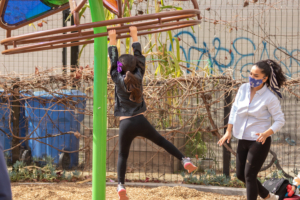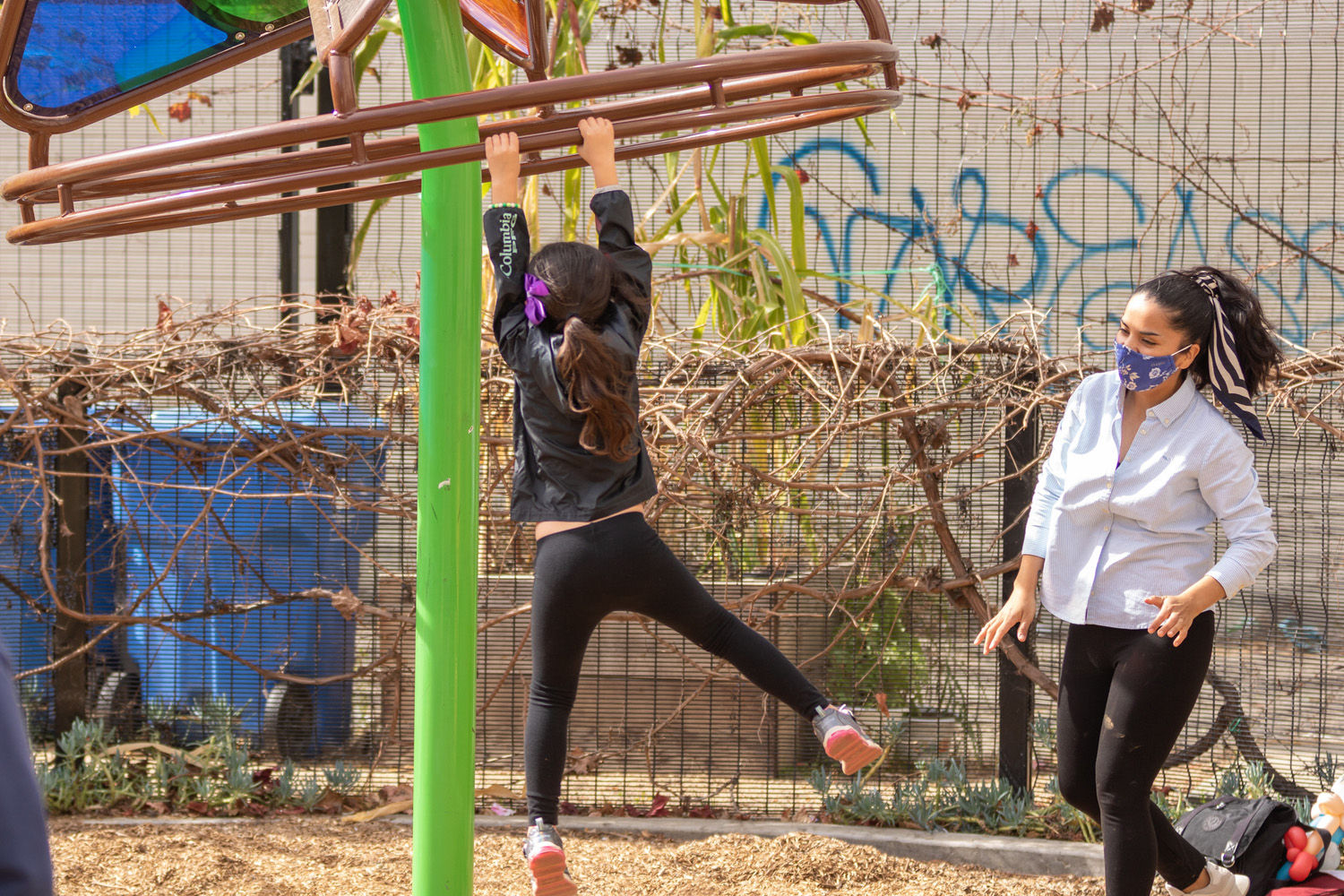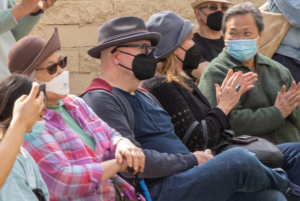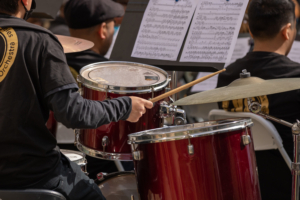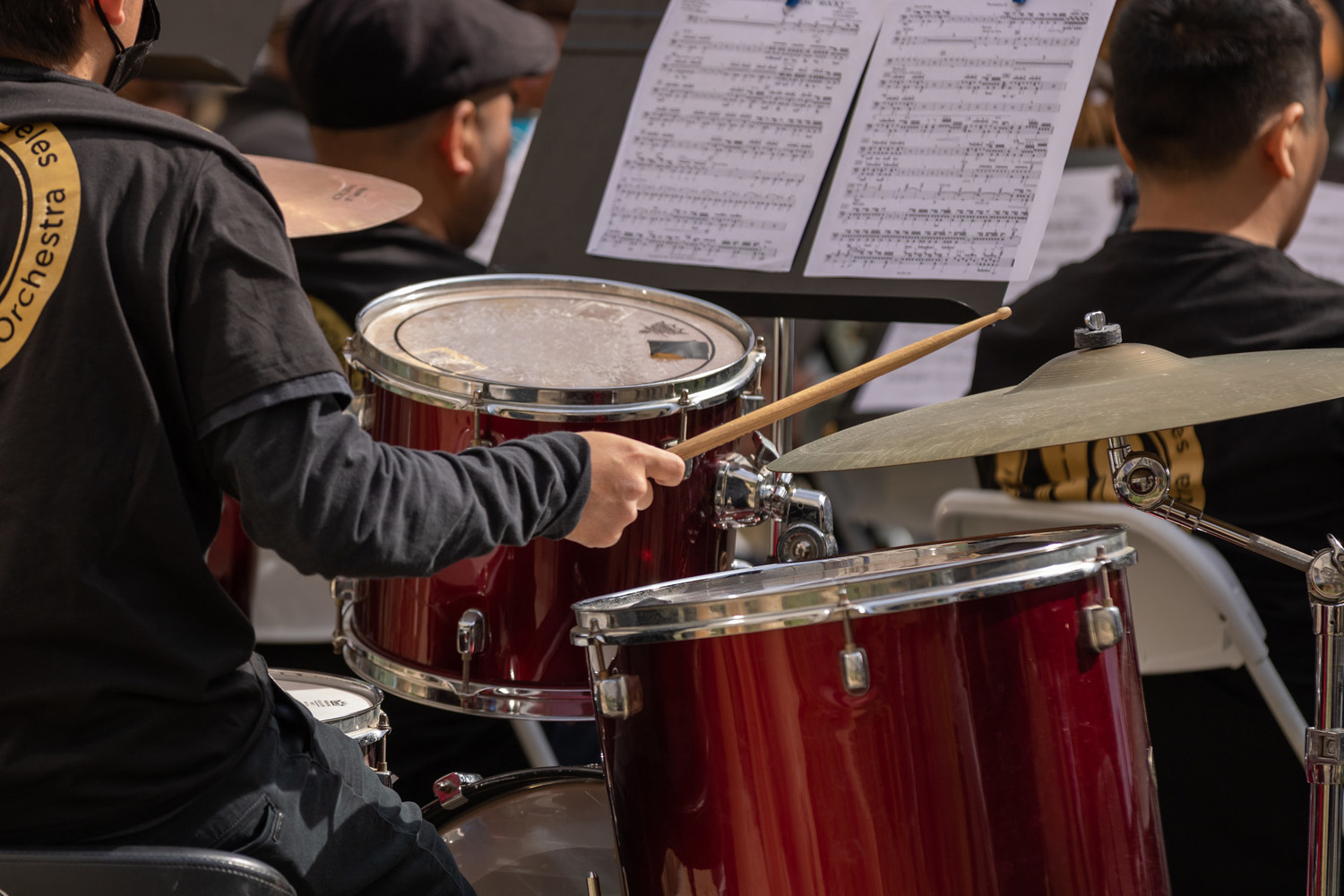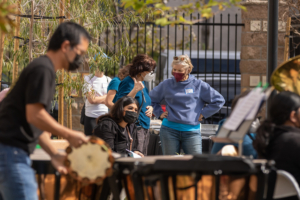Car Access Increases Job Opportunities, Blumenberg Finds
Urban Planning Professor Evelyn Blumenberg was mentioned in a Chicago Magazine article about new approaches to commuting as the suburbs expand and jobs are decentralized. Especially in areas where mass transit is lacking or unreliable and driving is expensive, many commuters are getting creative with bike-share programs and other alternatives to driving. However, many of these alternative transportation programs largely cater to the upper-middle class and leave out low-income residents who need them most. The decentralization of jobs has led to many economic opportunities being located in the suburbs, which are often poorly served by mass transit. This makes job opportunities further out of reach for central-city residents with limited transportation options. Blumenberg found that car-driving residents of the Watts section of Los Angeles have access to an astounding 59 times as many jobs as their neighbors dependent on public transit.

